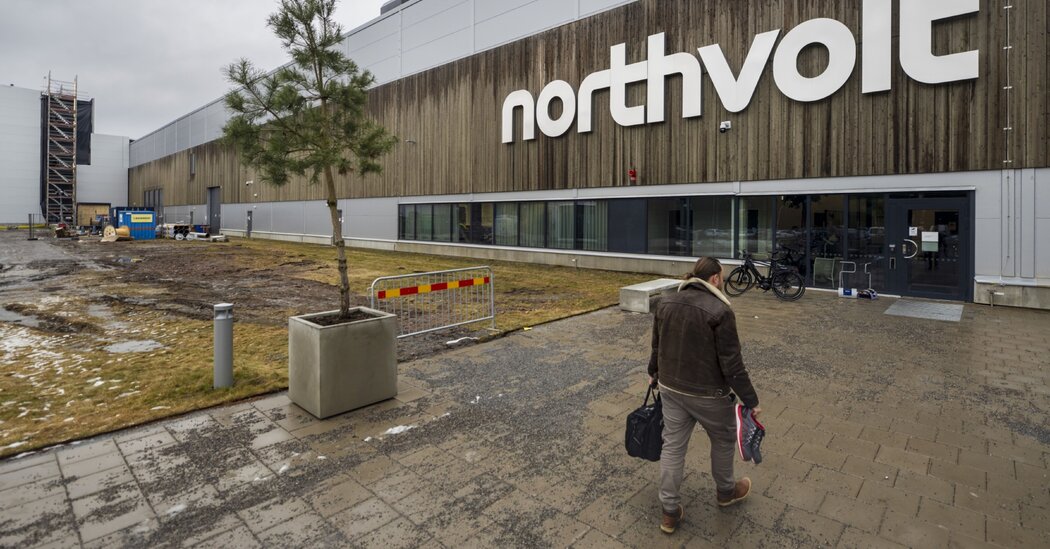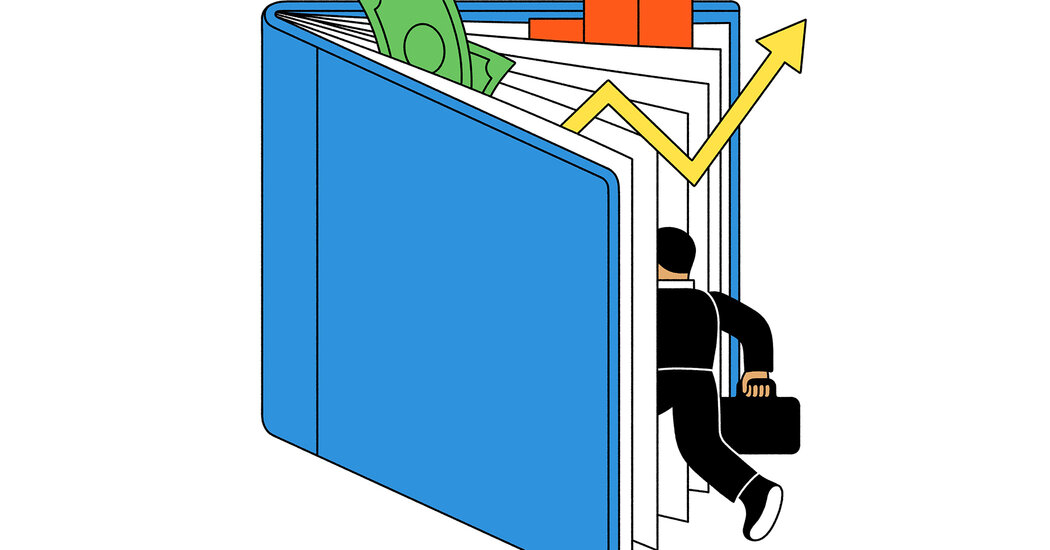Boeing Makes Changes to Quality Control Process
Boeing said Monday that it would make changes to quality control processes after one of its 737 Max 9 jets lost a portion of its body during a nearly catastrophic Alaska Airlines flight this month.
The aircraft manufacturer said it would add additional inspections at its own factory and at that of an important supplier, Spirit AeroSystems, which installs the plug for unused exit doors, one of which blew out of the Max 9 midflight. Both companies will also open their factories to more scrutiny by the airlines that fly the 737 by inviting them to conduct more inspections of the manufacturing process. And Boeing will bring in an outside party to review its quality control program and suggest improvements.
Alaska Airlines flight 1282 on Jan. 5 was forced to make an emergency landing after a door plug blew off, without any serious injuries to people on board. The Federal Aviation Administration grounded all Max 9 planes and said it would expand its scrutiny of Boeing. Inspections of the planes led Boeing to conclude that its manufacturing practices needed improvement.
“The AS1282 accident and recent customer findings make clear that we are not where we need to be,” Stan Deal, the chief executive of Boeing’s commercial plane unit, said in a memo to employees on Monday. “To that end, we are taking immediate actions to bolster quality assurance and controls across our factories.”
The inspections so far have included examining and measuring the door plug to make sure that it is installed to specifications. United Airlines, the largest operator of Max 9 planes, said it had found some loose bolts during early inspections last week, and Alaska Airlines, the second-largest Max 9 operator, also said it had found loose hardware in the area of the door plug.
The accident called attention to Boeing’s quality control practices about five years after a pair of 737 Max crashes in Indonesia and Ethiopia killed 346 people. The plane was banned globally for 20 months as lawmakers, regulators and journalists around the world scrutinized it and Boeing’s practices. Flights aboard the Max started to resume in late 2020 after Boeing made changes to the systems and components implicated in the crashes.
The quality improvements that Boeing announced on Monday include adding to the thousands of existing inspections both at Boeing and at Spirit, which builds the 737 Max fuselage in Wichita, Kan., and ships them to Washington State, where Boeing assembles the plane. Since 2019, Boeing has increased the number of quality inspectors by 20 percent, Mr. Deal said.
Boeing also said that it had dispatched a team to inspect the installation of door plugs at Spirit AeroSystems, approving it before each fuselage is shipped on to Boeing. Boeing is also inspecting 50 other points in Spirit’s build process.
In his message, Mr. Deal said that Boeing was cooperating fully with the F.A.A. and the National Transportation Safety Board, which is leading the investigation into the accident. He also reiterated the importance of adhering to the standard of the company’s quality control program.
“Anything less is unacceptable,” he said. “It is through this standard that we must operate to provide our customers and their passengers complete confidence in Boeing airplanes. Let each one of us take personal accountability and recommit ourselves to this important work.”


